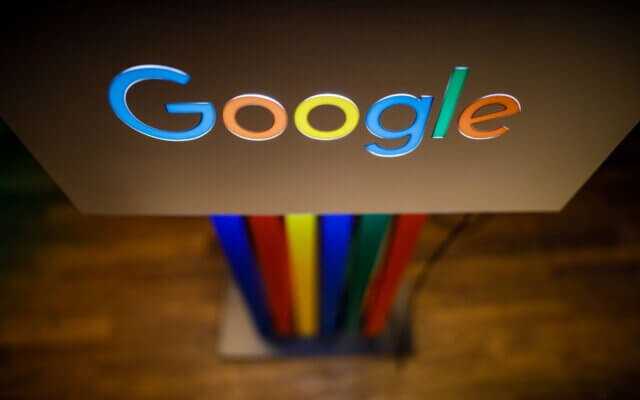In recent years, digital marketing has seen the acceleration of the cookie-less society, as well as the diversification of media and content formats that consumers come into contact with, especially through social media. As it becomes more and more difficult to communicate a single message through TV commercials, how can we deliver the most appropriate message in the most appropriate form to small groups that share various values? Ms. Mao Yoshida and Ms. Rikako Tanaka, from the marketing agency Irep, known for its expertise in the digital era, explained the concept of ‘Made for Media,’ which guides the optimal solution for media × creative, using four keywords: ‘HOW,’ ‘SPEED,’ ‘CATCH,’ and ‘DEVICE’.

*This article has been republished from AdverTimes.
Source article: https://www.advertimes.com/20230428/article416953/
Shifting from “Who” to “Where,” and then to “How”
The first keyword is “How: Targeting with Creatives.” Here, we’ll explain how to configure the targeting with creatives. One of the major issues facing advertisers today is the regulation of cookies, which are used to record the behavior of users on websites. They’re also used to measure the effectiveness of ads and targeting. However, due to increasing regulations on cookie tracking for privacy protection, targeting users has become increasingly challenging.
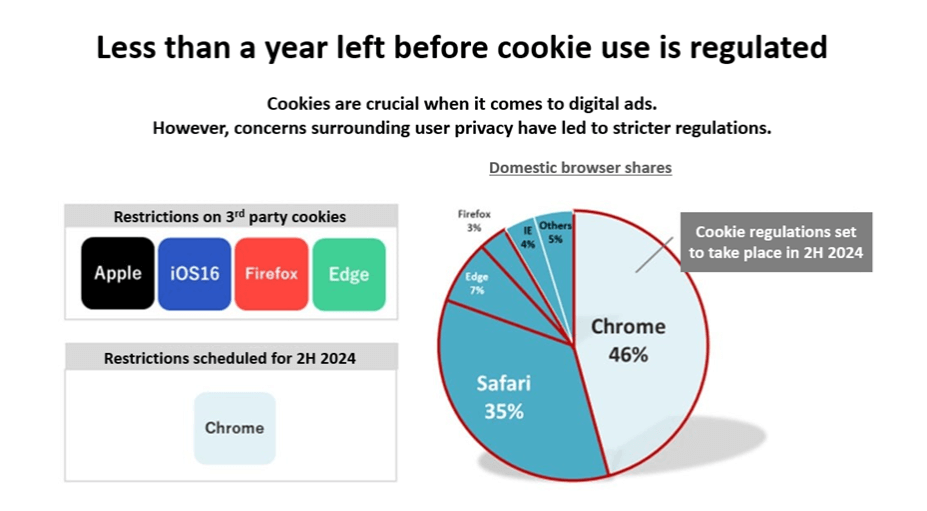
“Looking at the results of our average ad delivery results, we found that retargeting ads using cookies saw a reduction in delivery volume due to the inability to track, a decrease in CVs due to the inability to measure effectiveness, and a corresponding increase in CPA. In the future, the inaccuracy of machine learning due to the inability to measure CVs may lead to increasingly poor performance of optimized delivery. We anticipate a risk of misjudging investment decisions in marketing as a result.” (Ms. Tanaka)
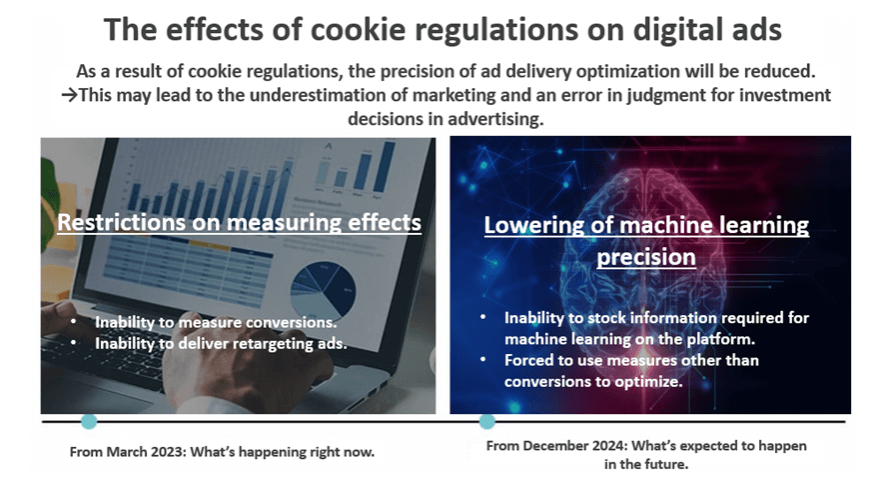
In the past, it was possible to track behavior within a website from cookies, and targeting could be done based on those behavioral patterns. In the future, the use of delivery that specifies the content where advertisements are placed will increase, and the delivery of information will shift from a “who” perspective to a “where” perspective. In the “where” context, the importance of creativity will also increase in terms of what kind of content, what kind of message, and what kind of attitude change will be encouraged.
“Now that targeting through technology has become more challenging, we believe that the shift from ‘who’ to ‘where’ and the concept of ‘how’ to target through creativity, will become mainstream.” (Ms. Yoshida)
As an example of targeting, a financial services company implemented a campaign targeting the younger demographic. Three female creators who are popular among Gen Z were selected. Cute creatives that interweave the functional value of the service with their unique worldview were deployed on YouTube and various social networking sites.
The creators had a lot of power on YouTube and other social networking sites, but in addition to their reach, it was important to assign them based on engagement, such as whether they were close to each follower and whether their fans were passionate about the service. In addition, in order to narrow down the target with creativity, we asked creators from a variety of genres to send messages at the same time. By balancing the use of major creators and micro-influencers, who influence small groups of people, we were able to more efficiently and passionately move the hearts of a large number of followers.” (Ms. Yoshida)
Trends are co-creation at the front lines
The second keyword is “SPEED: Trends on the Front Lines.” Recently, social media sites and news apps have created an environment in which users can select the information they like, thanks in part to the learning algorithms. This “filter bubble” state, in which different opinions and topics are not easily accessible, is convenient, but it also has the problem of creating a noticeable bias in the information. At the same time, people become bored with content, and trends go out of fashion at an accelerating pace.
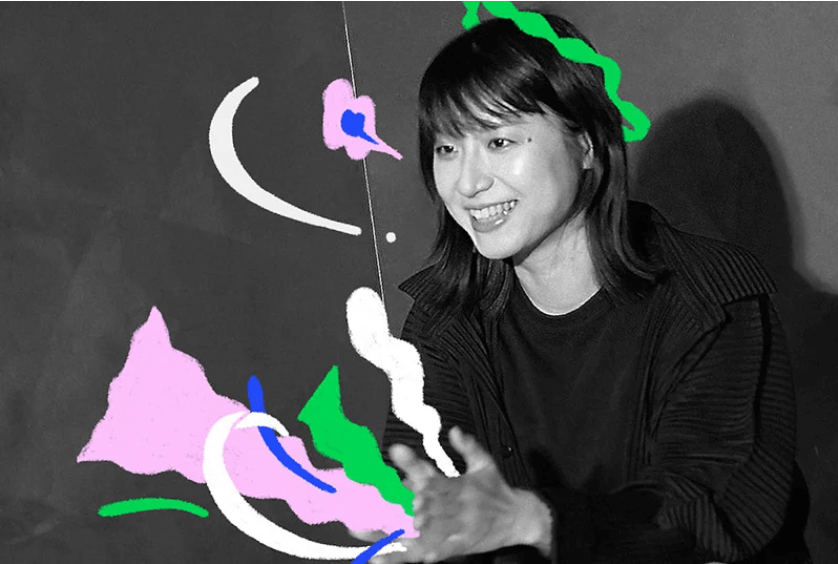
Irep Interactive Design Unit Planner / Copy Writer: Mao Yoshida
“In such rapidly changing times, we believe that planning and strategizing need to move to the next level. We foresee ‘Co-creation,’ where planners collaborate with active YouTubers and TikTok creators to produce new creative content, becoming one of the future trends. “(Yoshida)
One form of Co-creation is through workshops, where clients, platformers, and creators brainstorm ideas and create creative content with a sense of speed. It is characterized by collaborating with a wide range of individuals, including creators with proven promotion experience from various advertisers and female creators who have gained tremendous popularity among their generation, to achieve the promotional goals.
“By actively utilizing the insights, ideas, and personalities of creators who are actively gaining support at the forefront of the times, we believe that the movement to create new, stimulating, and surprising experiences together will accelerate in the future” (Ms. Yoshida)
Going beyond eye-catching
The third keyword is “CATCH: From Eye-catching to Finger-catching.” Digital creativity is a serious world where people make a decision whether or not to watch a video within 5 seconds before skipping it on YouTube or within 1 second before swiping it on social media sites. In this world, the creative process needs to shift from eye-catching to finger-catching in order to make the viewer want to stop and look at the rest of the content.
In YouTube creatives, to prevent skipping within the first 5 seconds, they utilize transitions from dim to bright lighting, incorporating elements that make viewers curious and eager to continue watching, including background music.
“We believe it’s crucial not to create various types of creatives haphazardly, but to differentiate them with clear objectives and hypotheses in mind. In TikTok creatives, we incorporated playful elements such as game-like features allowing character customization in a roulette format, unrelated to the content’s appeal. This unique approach contributed to the success factors specific to TikTok, where users engage in the comments section, sparking excitement and driving shares.” (Ms. Yoshida)
Be conscious of co-viewing on television devices
The last keyword is “DEVICE: The Evolution of Television from a Digital Starting Point.” With the spread of television devices called connected televisions, which are connected to the internet, we are now forced to plan media and creatives by thinking of televisions as extensions of digital technology.
One thing to keep in mind is co-viewing. YouTube’s connected TV will also introduce a co-viewing metric starting April 2022, which is calculated based on Google’s analysis of some users’ viewing environments. This metric expresses how many people are watching beyond a single impression, enabling evaluation of reach alongside TV commercials.
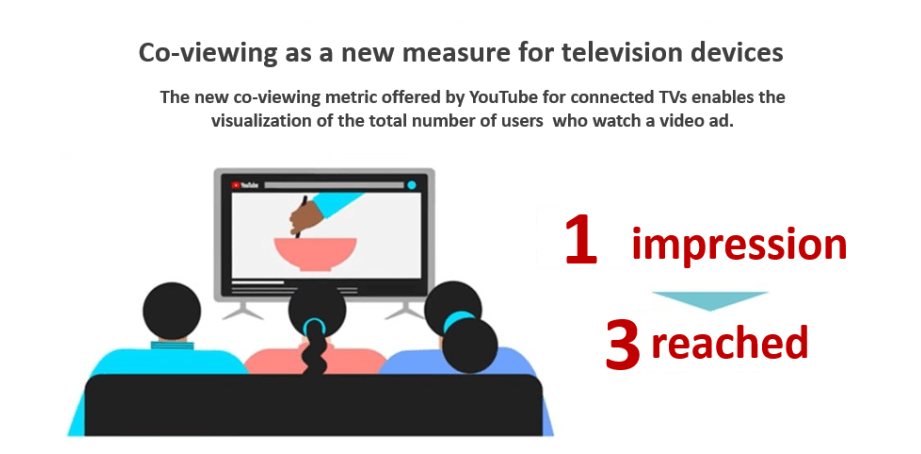
As an example of how to incorporate the concept of co-viewing, let’s discuss creatives for a telecommunications company that offers low-cost SIM cards. The video portion was designed with appealing content and a worldview that would attract the interest of the main target audience, young adults in their teens and twenties. The L-shaped advertising, on the other hand, was designed with campaign information that would attract the parent generation, the sub-target.
Tanaka stated that while TV commercials and digital commercials are being mixed, TV devices will evolve further in the future, starting from a digital perspective, and offered the following three points.

Irep Media Design Unit Media Planner Rikako Tanaka
“The first is the evolving role of devices. From being perceived primarily as a medium for awareness, TV is expected to transition into a device with new roles such as driving search and acquisition. Second is target complementation. It is anticipated that new forms of communication, such as connected TV, will accelerate in complementing audiences not covered by TV commercials, including co-viewership. Third is the increase in skippable ads. As the distinction between traditional TV and digital blurs, there’s a rise in opportunities for skippable ads, ranging from non-skippable 15-second video ads to the unique 5-second skip option on platforms like YouTube. With the lines between TV and digital becoming more blurred, there’s likely to be an increasing importance placed on communication that embodies the brand’s unique value and creates experiences in the digital realm.” (Ms. Tanaka).
*This article was extracted and edited based on “YouTube, TikTok, and Instagram…Producing results with video ads: The answer to media x creatives that all advertisers should know,” heled on March 30, 2023.
Want to know more about Digital Marketing?
Contact us to discuss how we can work together.

Irep Inc. is an award-winning global digital marketing agency based in the San Francisco Bay Area. Our headquarters are in Tokyo and our network spans more than 20 countries. In Japan, we are ranked No. 1 for performance-based marketing. We also offer highly specialized market entry, as well as integrated marketing and localization services. Since 1997, our data-driven solutions have effectively led our diverse international clientele to continuous success in Japan, Asia, and beyond.
Irep Inc.
LinkedIn: https://www.linkedin.com/company/irepinc
Email: info@irep.inc
Address: 900 Concar Dr. Suite 400, San Mateo, California 9440


